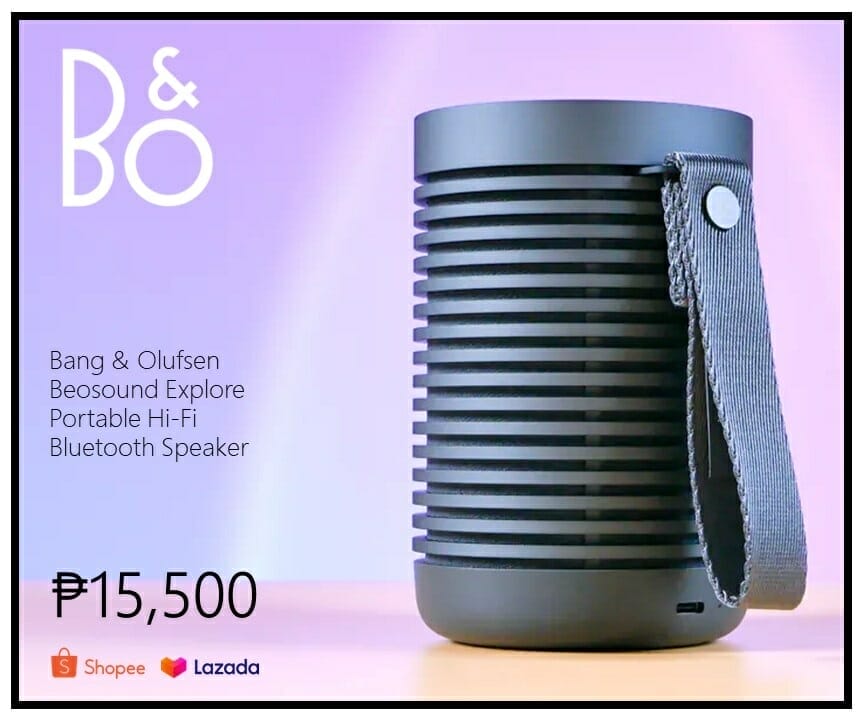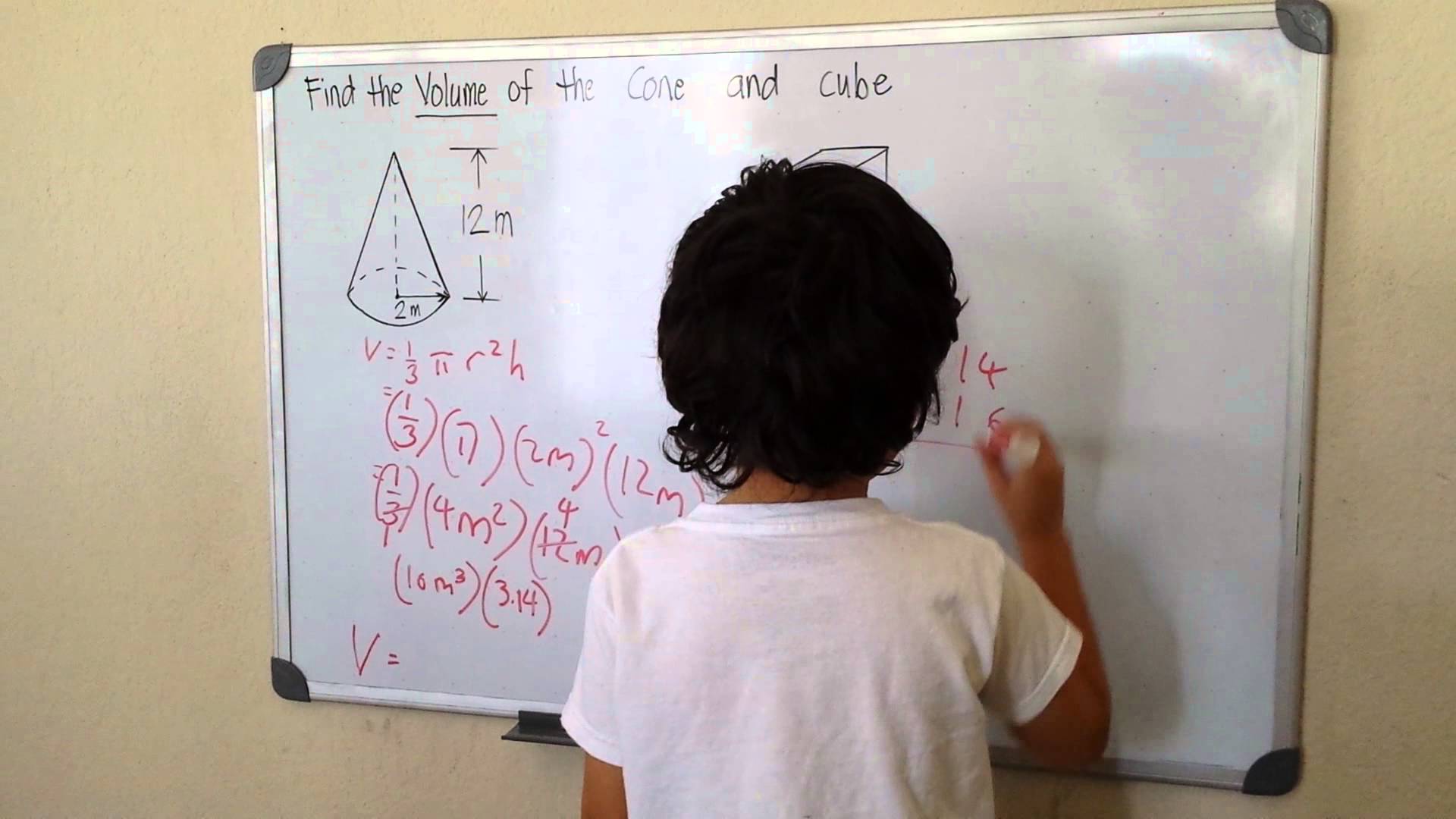Answer like a real Silicon Valley Engineer!!!
Most engineers and tech leaders who now shape the way we use our technology can be found in the Silicon Valley. They are in Apple, Facebook, and Google, to mention a few of the many startups and global tech companies located in the southern San Francisco Bay Area of California. But before people get to be hired as part of these tech think tanks, they undergo a rigorous process to prove themselves worthy of a Silicon Valley job. Part of that process is to answer bizarre brain teasers to test the thinking abilities of prospective hires. They range from basic, tricky, to difficult which measure the logic of engineers.

Listed below from MyCareerStacks are 5 of such brain teasers coming from multiple companies, complete with answers. If you plan to be part of any of the Silicon Valley companies, these are worth a mental exercise.
Company: Adobe
Can you answer like a real Silicon Valley engineer… an Adobe engineer?
There are 50 bikes with a tank that has the capacity to go 100 kms. Using these 50 bikes, what is the maximum distance that you can go?
Answer:

The most naive solution would be to just make all the bikes go together, but sadly you cannot go further than 100kms using that approach. There is another solution to this that can cover 350kms.
Move the bikes 50kms so that each bike has half-tank empty. Now pour the fuel from half the bikes to the other half so that they are all full. Now you have 25 bikes with full tanks and then you again repeat the trick. This way you can go 50, 25, 12, 6, 3, and 1 to cover 5*50 = 250kms. That’s 350kms in total.
Company: Microsoft
Can you answer like a real Silicon Valley engineer… a Microsoft engineer?
If you had an infinite supply of water and a 5-liter and 3-liter bucket, how would you measure exactly 4 liters? The buckets do not have any intermediate scales.
Answer:
It is a classic puzzle with a simple answer. Fill the 5-liter bucket and empty it in the 3-liter bucket. Now you have 2 liters in the bigger bucket and 3 in the other. Empty the 3-liter bucket and pour the 2 liters from the bigger bucket into it.
Now fill the 5-litre bucket completely, and pour water from it to the smaller bucket. Since the smaller bucket already has 2 liters, it can only take 1 more. This leaves us with 4 liters in the 5-liter bucket.
Company: Google
Can you answer like a real Silicon Valley engineer… a Google engineer?
The probability of finding the parking slot occupied is 1/3. You find it empty for 9 consecutive days. Find the probability that it will be empty on the 10th day.
Answer:

Sometimes, there is trick with probability questions; but more often, there is none. Always go for the logical answer to questions like this one. The answer to this is 2/3, because it says about the probability of finding it empty on the 10th day. In probability, if an event has already happened, it cannot have an effect on the probability of an event to occur in the future.
So the parking slot has been empty for 9 days but that does not affect the 10th day.
Company: Amazon
Can you answer like a real Silicon Valley engineer… an Amazon engineer?
You toss two coins. If you get heads with the first coin, you stop. If you get tails, you toss it again. The second coin is tossed regardless. What is the ratio of heads to tails?
Answer:
Since you’re only expected to toss the first coin twice — given a 50/50 chance of getting heads — the ratio is 1 to 1.
The second coin is also continuously tossed, and has a ratio of 1 to 1. So, the whole ratio is still 1 to 1.
Company: Microsoft
Can you answer like a real Silicon Valley engineer… a Microsoft engineer?
You’re given a pair of tic-tac-toe boards. Find a way to determine, when rotated, that they are the same board.
Answer:
With your tic-tac-toe boards, you can rotate them left or right four times, and then mirror it and do the same again.
So, the way to do this is to reduce it down to a matrix and then rotate it, one step at a time, to check if it matches another board.
Mathematically, the way to do this is to turn it into a three-by-three matrix, and then flip the rows and columns. If you want to rotate it to the right, switch the columns, and to rotate it left, switch the rows.


















